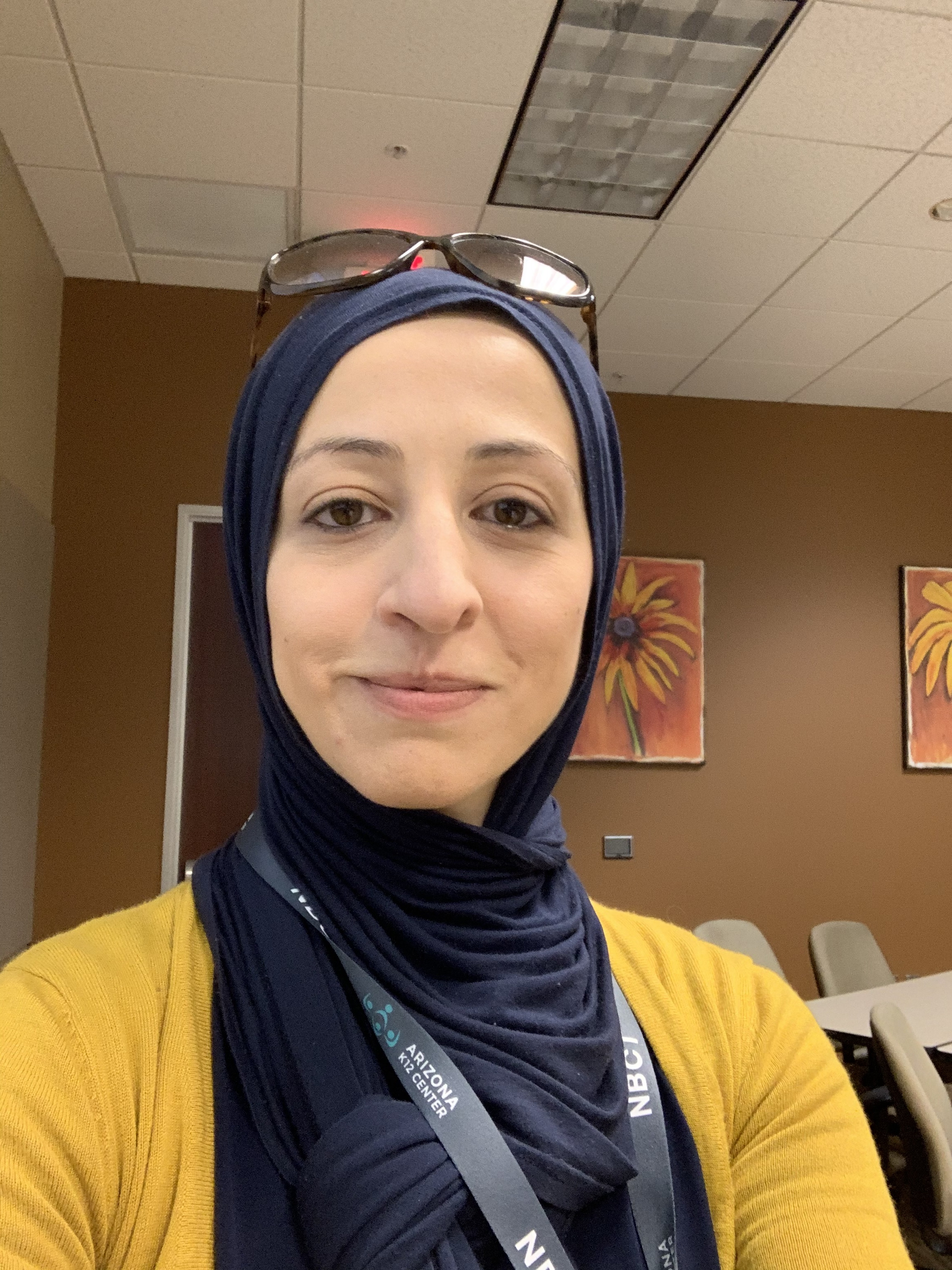Tip #18
The Importance of Creativity
and Flexibility
A powerful tool in our ability to develop resiliency is in our capability to not only be emotionally agile but creative, flexible and adaptable in our approach to challenging/changing situations.
Mindfulness is an effective practice that allows us to do this by training the mind to be present rather than pulled into past and future storylines that are not only counterproductive, but can lead to anxiety and depression.
As an educator, you are bombarded with students, administrators, and parents that can disrupt the course you are on. Mindfulness drives flexibility/creativity by allowing you to objectively step back and acknowledge that circumstances have changed. This responsiveness then focuses your attention on how your body is physically affected. In other words, are you physiologically reacting, moving into a sympathetic response that will disconnect the neocortex and elicit reactive behavior? This also allows you to deregulate and step back. Once you have done this, you can then detach from the expectation that you previously had and objectively decide how to move forward with this change. This process facilitates the ability to calmly lean on your past experience to creatively navigate the challenging situation.
We have talked a lot about modeling, this is perhaps one of the most critical lessons you can model to those learners before you. They will encounter obstacles and challenges throughout not only their academic careers, but also their lives. Seeing you model this allows them to fall forward, getting back up and trying new ways to achieve their goal.
It is said that resiliency is falling down five times and getting up six. Showing your students that they have the capacity to fall but then get back up and creatively navigate challenges is an incredible lesson to impart.
Story from the Field
How have I handled remote teaching in a pandemic world wouldn’t be authentic. My fifteen years of experience in education did not prepare me for remote learning while simultaneously caring for my little ones. I’ve gained more weight than I want to share, yelled at my own children in moments of frustration and have cried more times than I can count. Cried because my children are not getting the best of me and neither are my students. I am overwhelmed by the workload and amount of free digital resources. Free! And my house… it’s as if multiple tornadoes come through every day. So honestly, it doesn’t feel like I’m giving and doing enough because I can’t seem to scratch enough items off my to-do list, tend to my daughters and guard my well-being.
The other day, a student emailed me. She wrote that she and her classmates have been “filling each other’s cup” because that’s what we did in class and she wanted me to know how helpful it’s been. Additionally, she wanted to fill my cup. She said, “What you are doing is working.” Working? Really? Whaaat? She did more than fill my cup. She sprinkled emotional glitter which is a phrase we use in class to continually build each other up. She gave me permission to offer myself grace in all this crazy. With grace, I am humbled by the opportunity to stay at home with my daughters, have job security and the ability to continue to fill the cups of each of my students. Because at the end of the day, they aren’t going to remember the science lesson I stayed up planning but rather the compassion I offered in each of their unique situations. I can continue to sprinkle emotional glitter from a distance because I can be a pillar of light in all the uncertainty. So, with a shift in my perspective I’ve begun to reflect on what I have been doing that is working
Firstly, I’ve begun to offer compassion to myself. It’s taken me some time to get here. That my personal best is going to look different every day and that is enough. Offering more compassion to my students was a no brainer but it took a while to remember to do the same for myself. I take a daily walk and have suggested the same for my students. I offer multiple video help sessions for assignments. Many students stop by just to say hello. I, too, attend a daily meeting with my grade level team. I appreciate the interaction with my colleagues and value their shared experiences. I have broken our weekly assignments into three parts; a community piece, social and emotional piece and content specific piece. The breakdown has offered my students structure in an unstructured situation. I have weekly scheduled help sessions but offer flexibility when a student needs an alternate time. I have scheduled phone calls with students to check in and offer an overview of the lesson for the week. I offer optional enrichment for the students who want to expand their knowledge further. I reach out to the parents of students I can’t get a hold of. I have continued my focus of fostering positive student relationships from a distance by sprinkling emotional glitter whenever I can. At the end of the day, this is what my students will remember. Whether they were seen, valued and heard both in and “out” of my classroom.

|
Aminah Abdelhaq M.Ed., NBCT
Employer: Franklin Junior High
Job Title: Science Teacher
|
The next time you recognize that a lesson plan or concept is not going the way you thought it would, verbalize the challenge and brainstorm with your students’ ways that you could approach from another perspective………seeing you do this encourages them to do the same.
Take time to step back when encountering difficulties, go for a walk, practice a meditation and allow the brain to percolate and process in the now. This can be one of the most effective ways to find creative solutions to challenging or complex issues.
